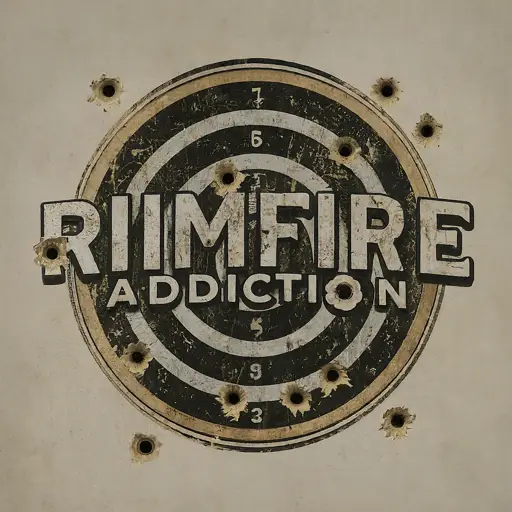Centerfire ammunition, commonly used in rifles and handguns, tends to have a longer shelf life compared to rimfire ammunition. This is because centerfire primers are located in the center of the cartridge case, providing better protection against moisture and environmental elements. Under optimal conditions, centerfire ammunition can last for decades without significant degradation. In general, well-stored centerfire ammunition can remain viable for a considerable period, often measured in decades.
Rimfire ammunition, with the primer distributed around the rim, is generally more susceptible to moisture, and its longevity is often shorter than that of centerfire ammunition. However, if stored in a cool, dry environment, rimfire ammunition can still remain viable for several years.

Shotgun shells, which come in various gauges, typically have a long shelf life as well. Like centerfire ammunition, they are less prone to deterioration when stored in appropriate conditions.
Proper storage is a critical factor in preserving ammunition. Ammunition should be kept in a cool, dry place, away from extreme temperatures and humidity. Exposure to moisture can lead to corrosion, potentially rendering the ammunition unreliable or unsafe to use.
It’s important for shooters to regularly inspect their ammunition for any signs of corrosion, damage, or deterioration. When stored and handled properly, most types of ammunition can maintain their effectiveness much longer, making them reliable for both recreational and practical use.



